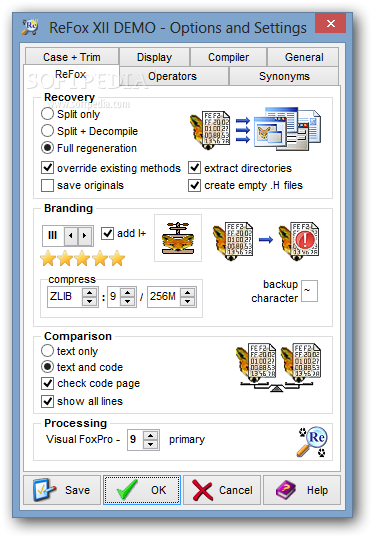Introduction To Robotics Oussama Khatib Pdf To Word
However, windows7download reserves the right to remove or refuse to post any submission for any reason. Windows 7 Download periodically updates pricing and software information of ReFox XII full version from the publisher, but some information may be out-of-date.  You should confirm all information.
You should confirm all information.
Lecture by Professor Oussama Khatib for Introduction to Robotics (CS223A) in the Stanford Computer Science Department. In the first lecture of the quarter, Professor Khatib. Stanford University: Oussama Khatib's 'Introduction to Robotics' Back to '8.2: Positioning, Vision, Planning, and Control' Log in or Sign up to track your course progress, gain access to final exams, and get a free certificate of completion!
The purpose of this course is to introduce you to basics of modelling, design, planning, and control of robot systems. In essence, the material treated in this course is a brief survey of relevant results from geometry, kinematics, statics, dynamics, and control.The course is presented in a standard format of lectures, readings and problem sets. Lectures will be based mainly, but not exclusively, on material in the Lecture Notes. Lectures will follow roughly the same sequence as the material presented in the notes, so it can be read in anticipation of the lectures.Topics: robotics foundations in kinematics, dynamics, control, motion planning, trajectory generation, programming and design. Prerequisites: matrix algebra.
This book collects papers on the state of th eart in experimental robotics. Experimental Robotics is at the core of validating robotics research for both its systems science and theoretical foundations.
Because robotics experiments are carried out on physical, complex machines whose controllers are subject to uncertainty, devising meaningful experiments and collecting statistically significant results pose important and unique challenges in robotics. Robotics experiments serve as a unifying theme for robotics system science and algorithmic foundations. These observations have led to the creation of the International Symposia on Experimental Robotics. The papers of the book were presented at the 2002 International Symposium on Experimental Robotics.